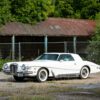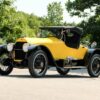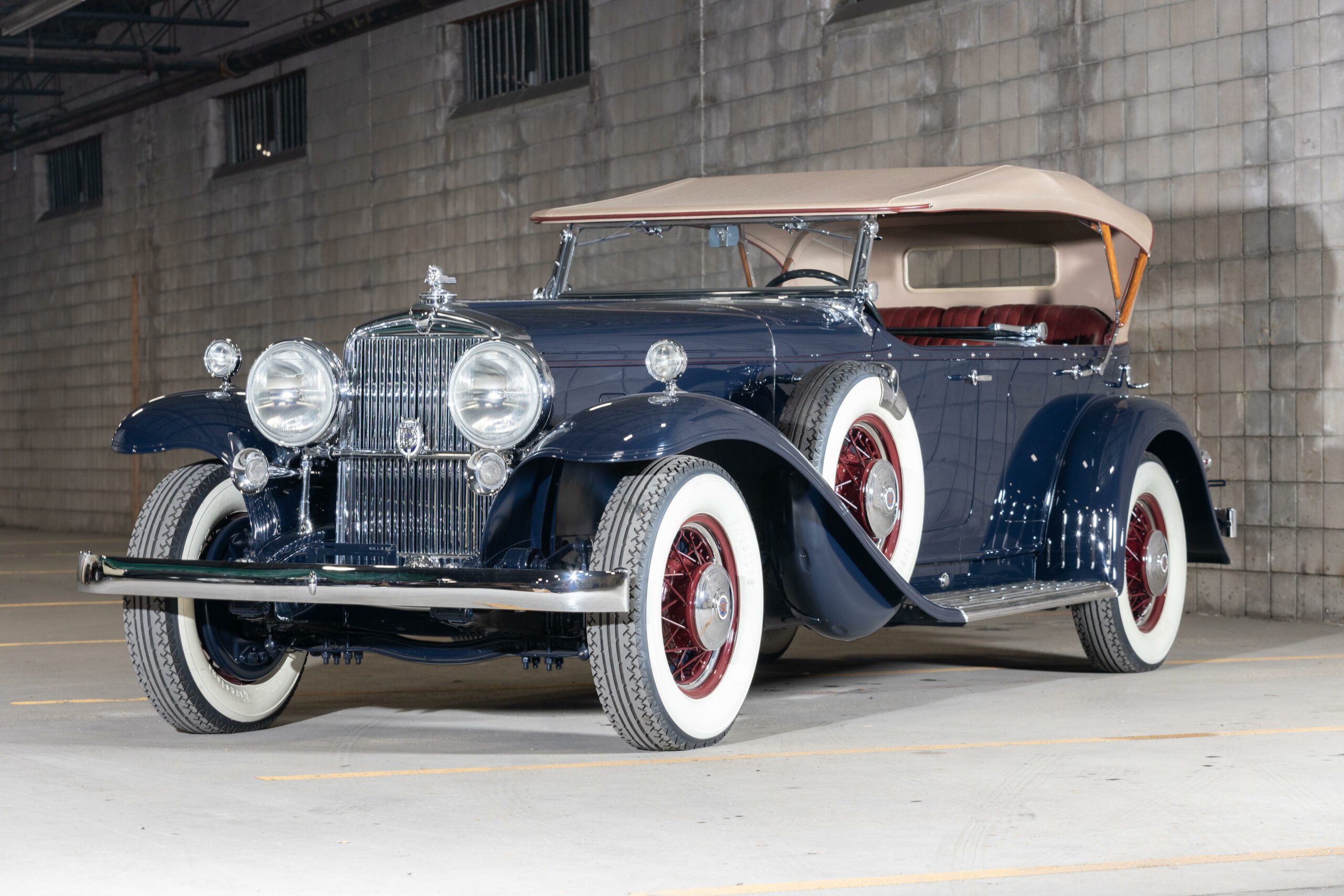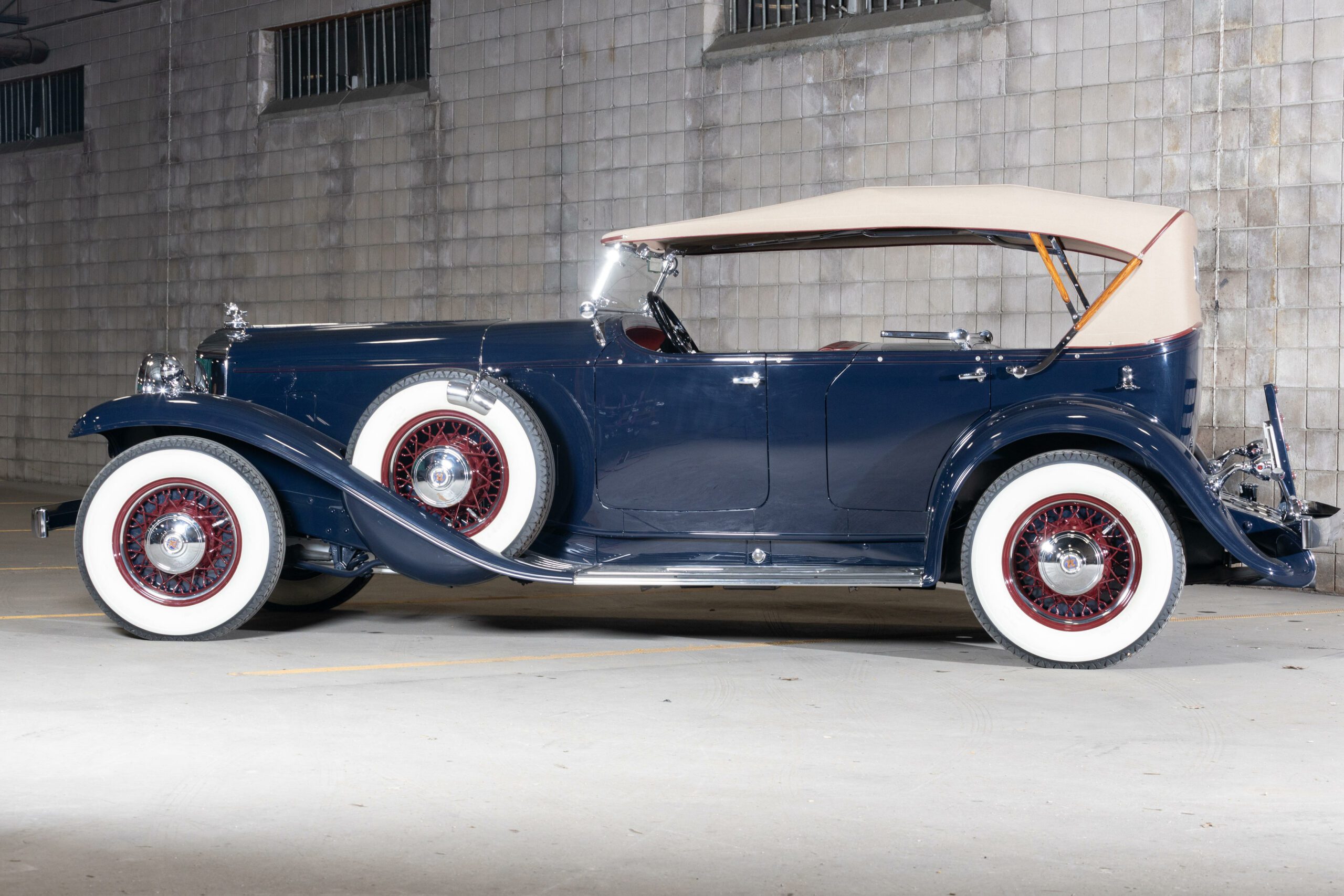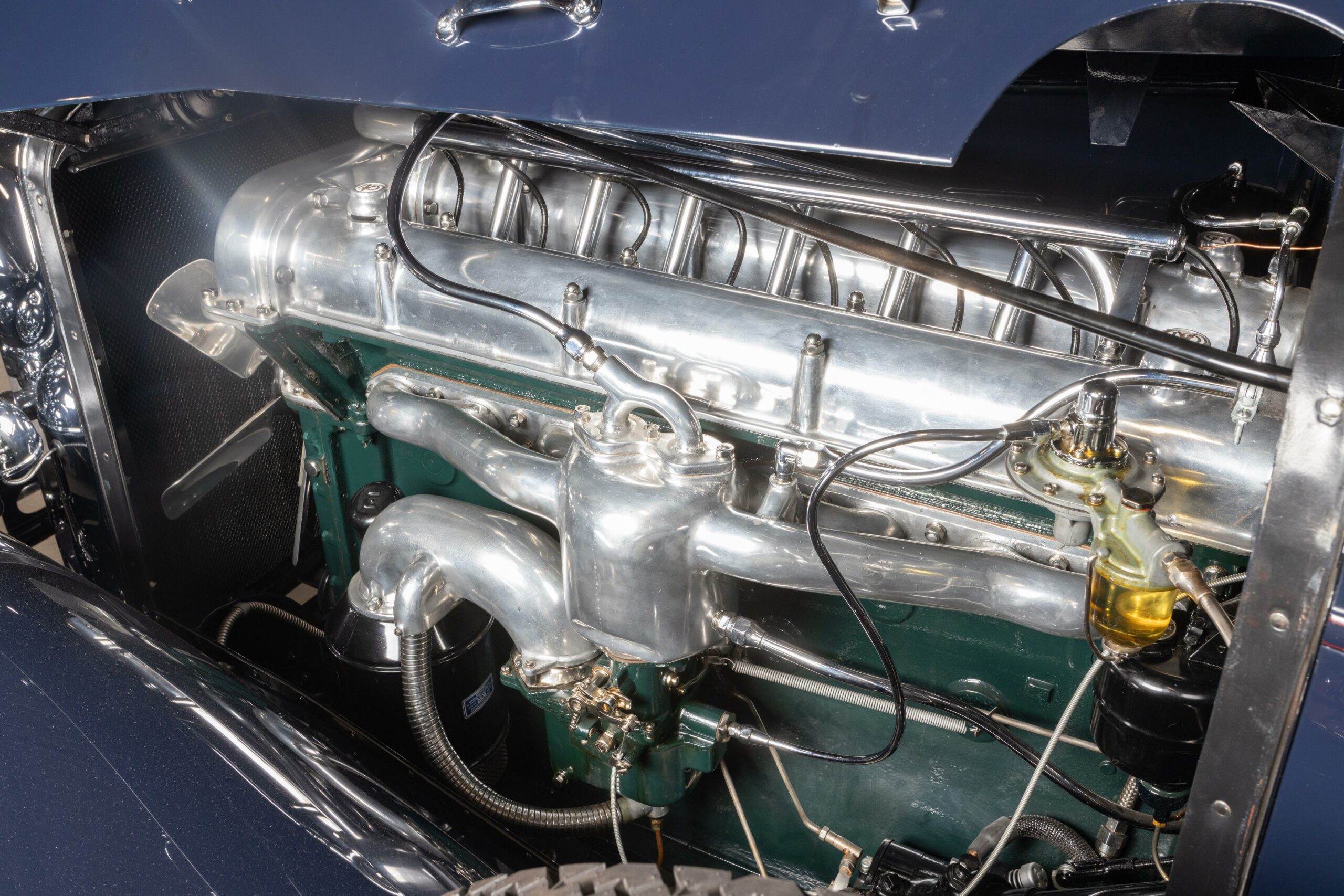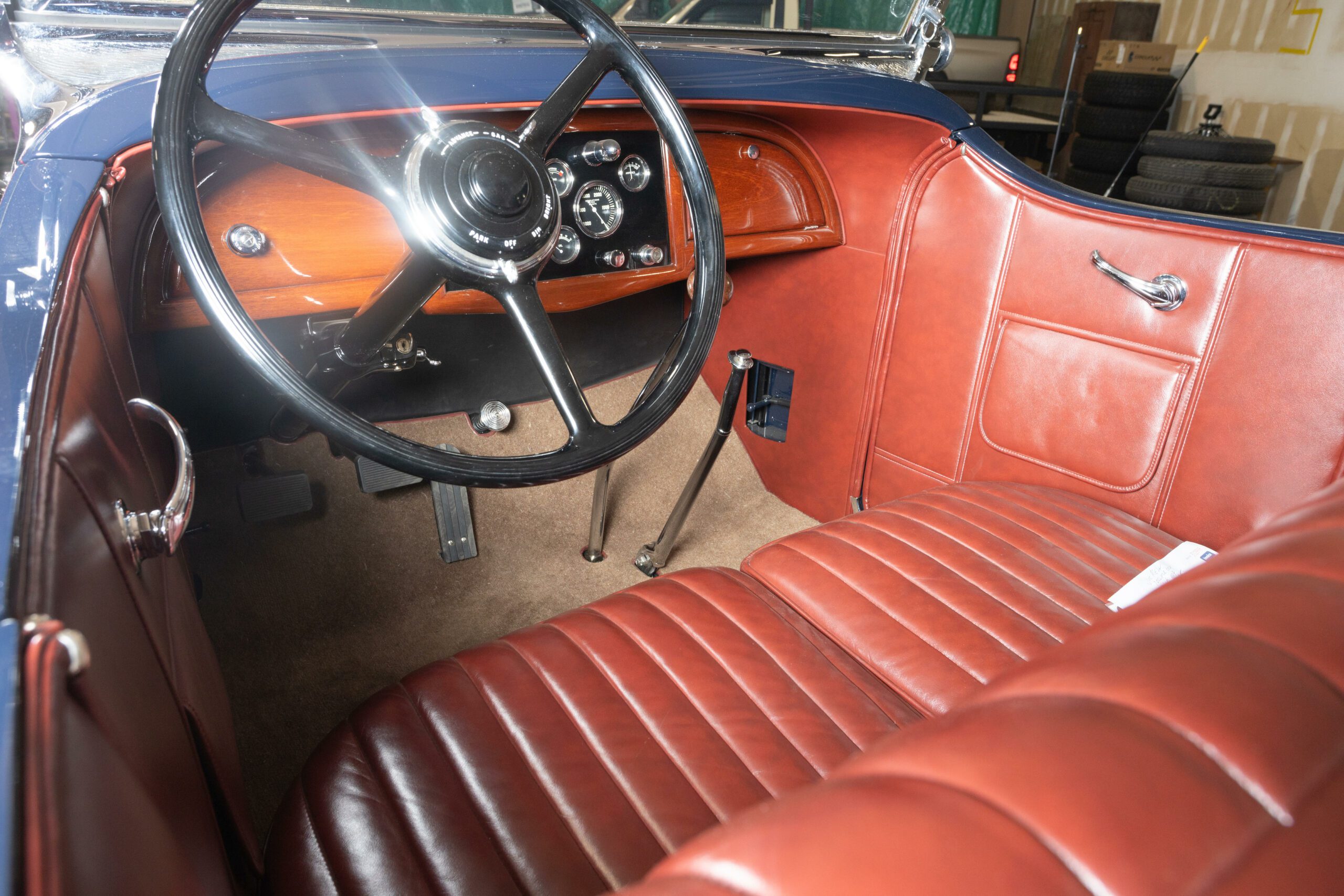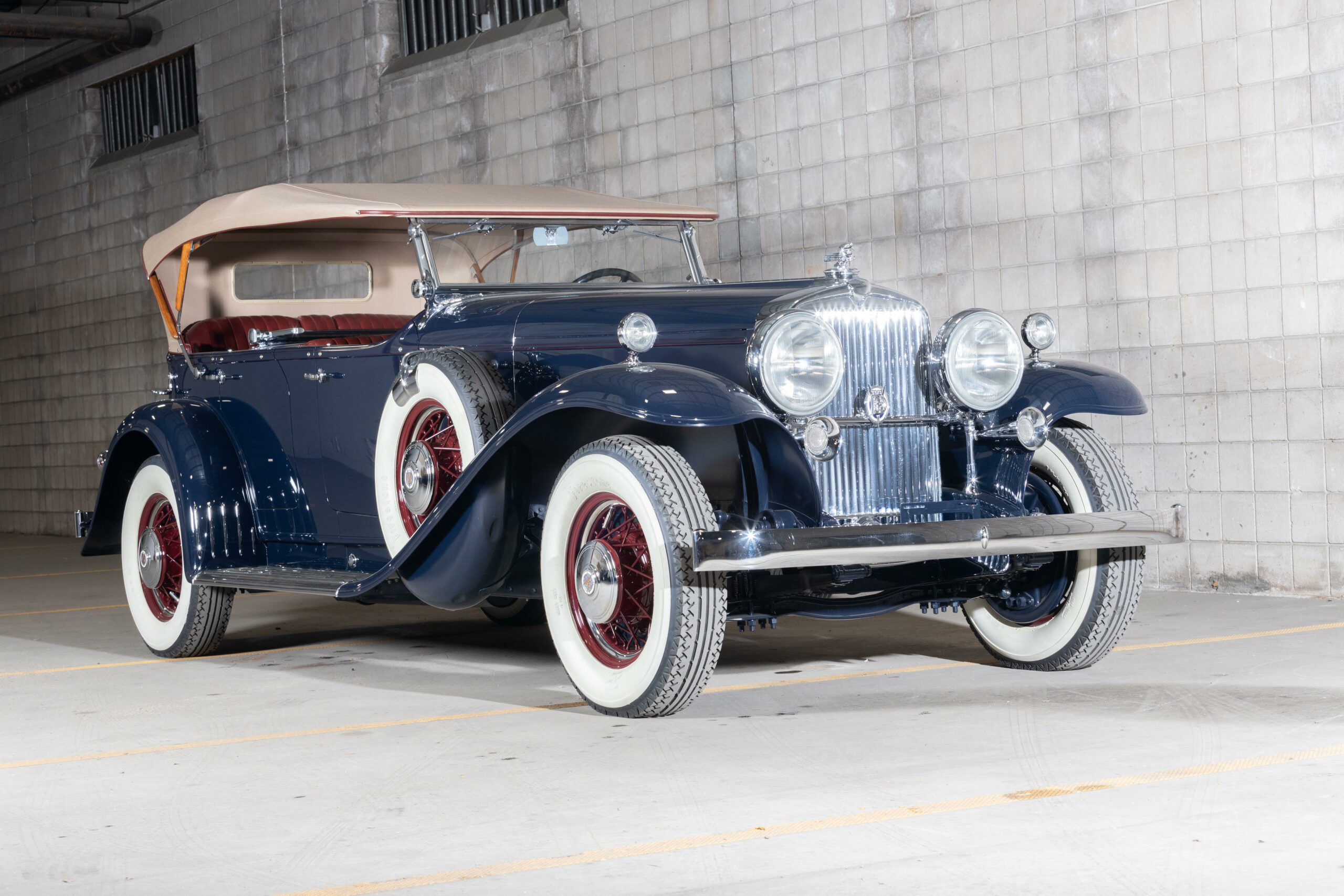The 1930s stands as a remarkable era in American automotive history, with 1932 often hailed as its pinnacle. Amidst this golden age, true super sports cars were a rarity, overshadowed by boulevard sports models like the Auburn Speedsters. Yet, Stutz, driven by a passion for sporting cars, crafted what many consider the quintessential American sports car of the decade: the Super Bearcat. Born from the ambition to showcase the full potential of the innovative DV-32 engine, the Super Bearcat garnered the attention Stutz sought, marking a departure from conventional American car design.
Frederick Moskovics, the visionary behind Stutz’s “Vertical Eight” cars, aimed to create a formidable American Gran Turismo car to rival European counterparts. Breaking norms of the era, Moskovics incorporated overhead cam engines, four-speed transmissions, and low chassis with worm-drive axles, complemented by European-style coachwork.
Stutz’s motorsport endeavors solidified its reputation. Dominating AAA stock car racing in 1927 and impressing at the 24 Hours of Le Mans in 1928, Stutz showcased its engineering prowess. In response to the evolving automotive landscape, Stutz developed the DV-32 engine, featuring twin-overhead camshafts and a cross-flow design, boosting power significantly.
Despite Stutz’s withdrawal from factory-supported racing, privateer entries persisted, with Stutz cars competing at Le Mans until 1932. The DV-32 engine epitomized Stutz’s commitment to innovation, propelling American automotive engineering forward during a transformative period.
Source: Bonhams



